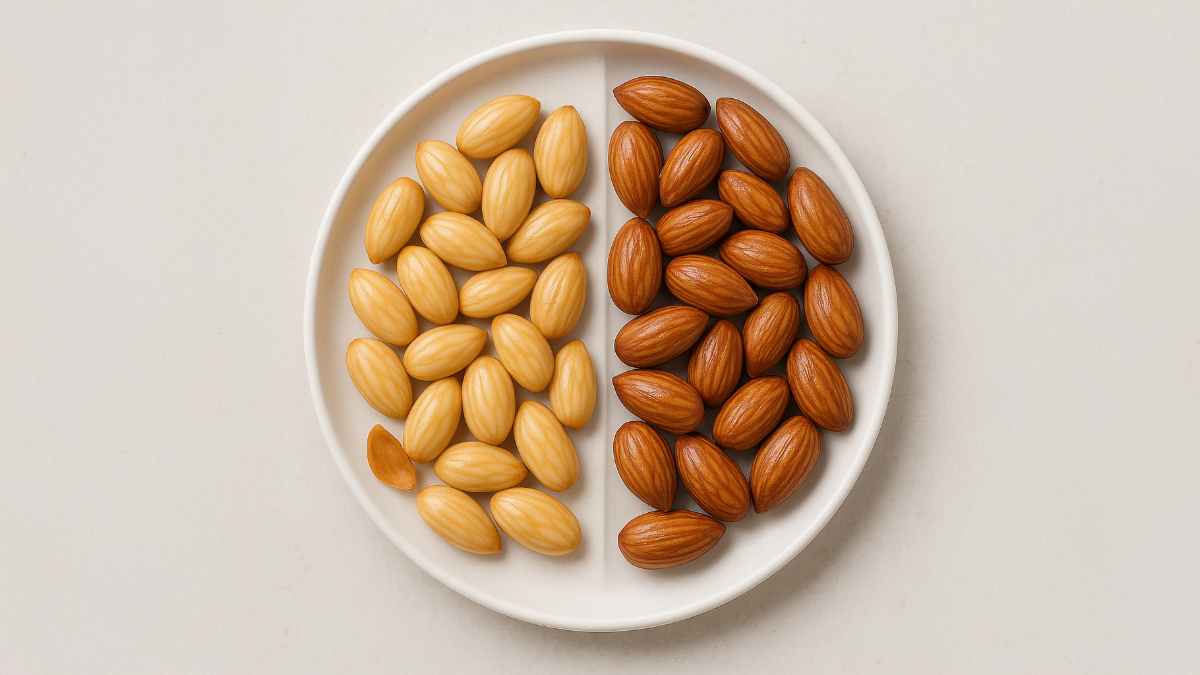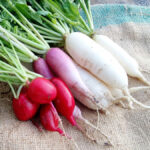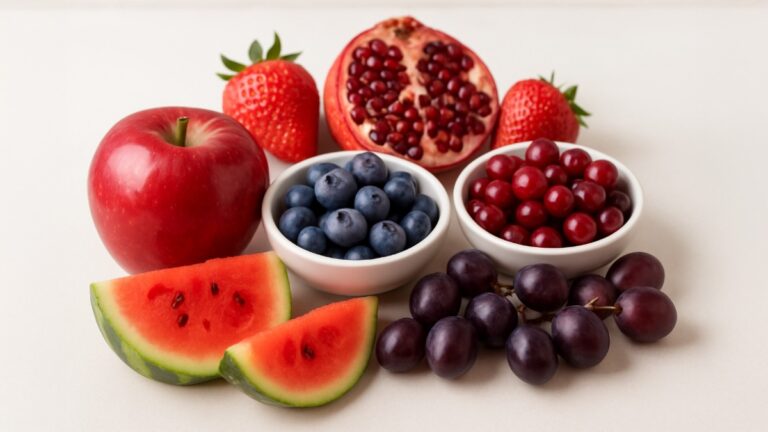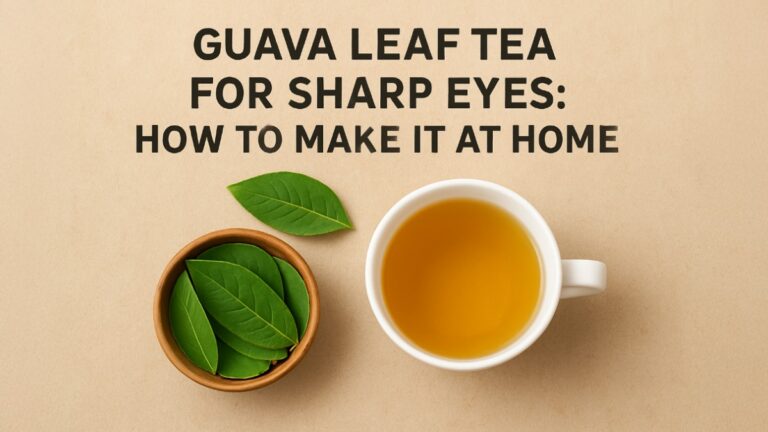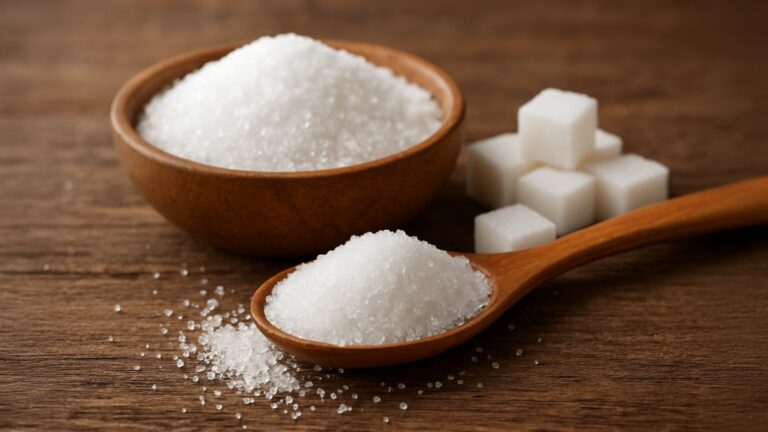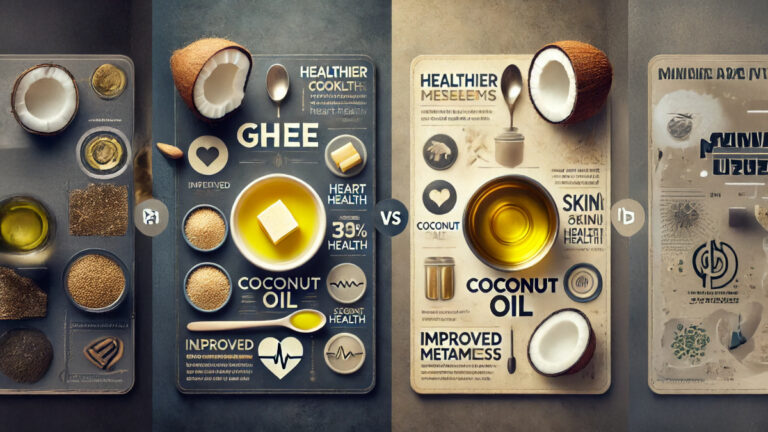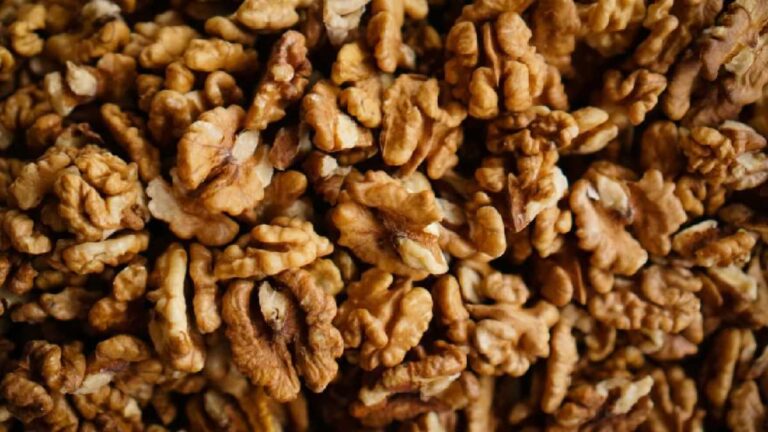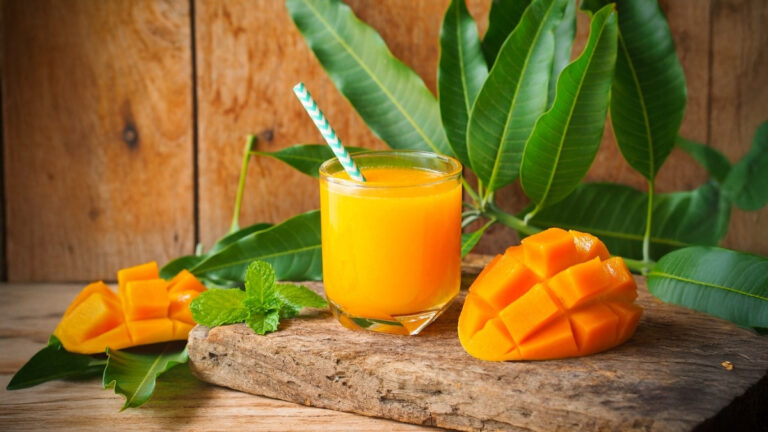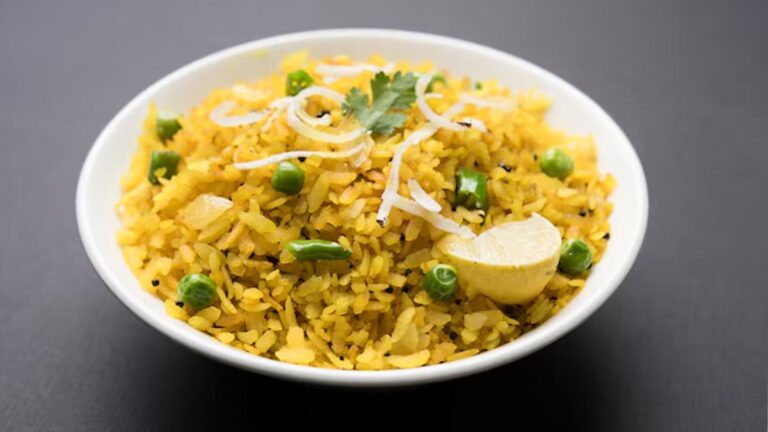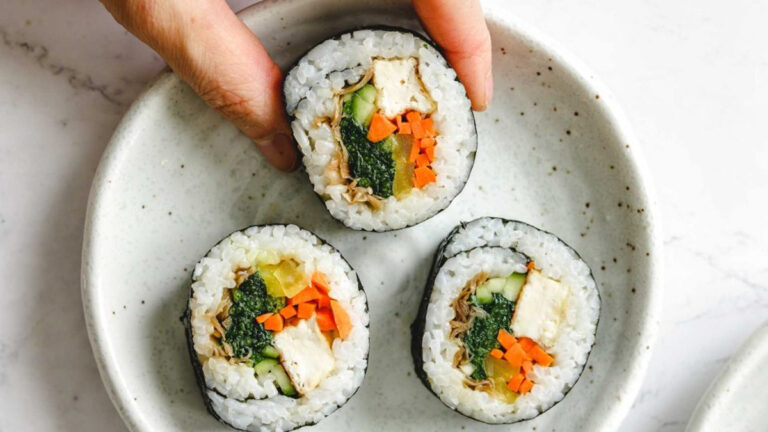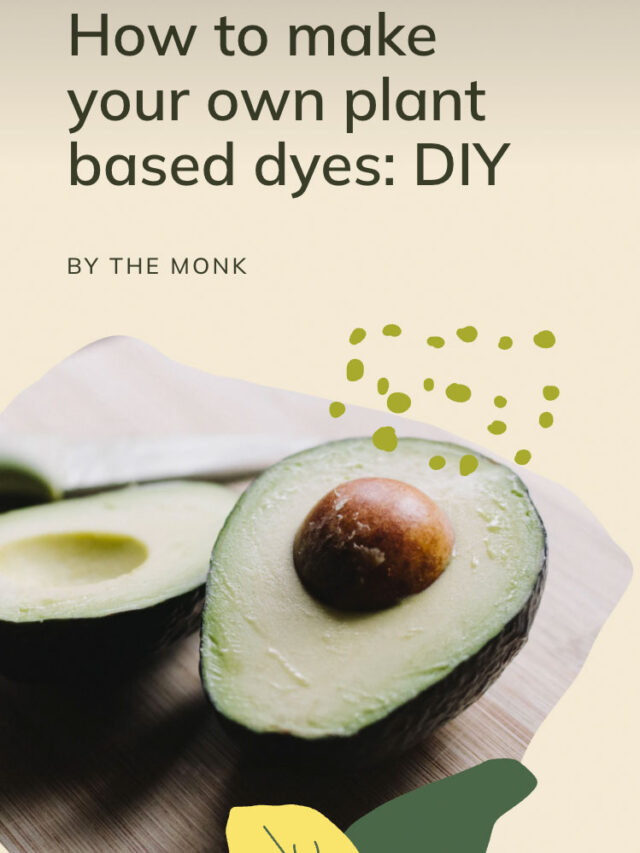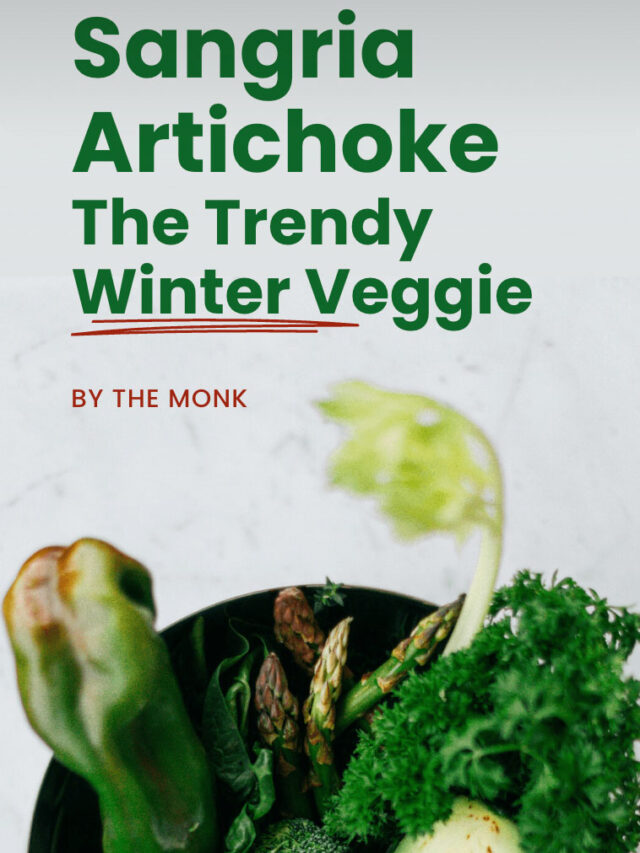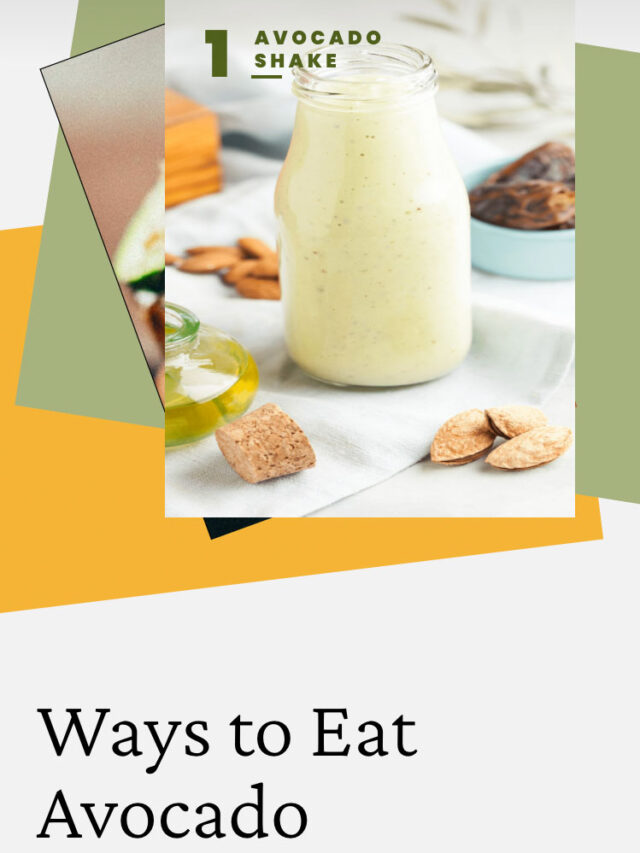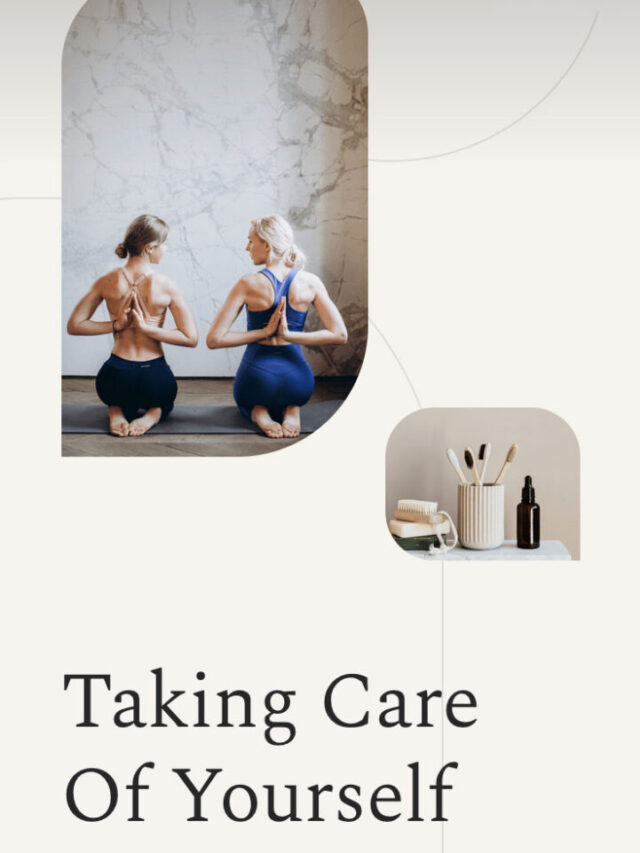Best way to eat almonds: Almonds are one of the most nutritious dry fruits packed with vitamins, minerals, protein, and healthy fats. Whether you’re consuming them for better skin, heart health, brain function, or weight management, they are a powerful addition to your diet. But a common question that confuses many health enthusiasts is: Should almonds be eaten with the peel or without it?
In this article, we’ll dive deep into the comparison between peeled (blanched) and unpeeled almonds, considering their nutritional value, digestibility, health benefits, and drawbacks.
1. Nutritional Composition of Almond Skin
Almond skin, the thin brown layer covering the nut, is rich in:
- Antioxidants: Most of the antioxidants, especially flavonoids, are present in the skin.
- Fiber: The skin contributes a good amount of dietary fiber which is essential for digestion.
- Tannins: These are natural compounds that can reduce the absorption of some nutrients but also have antimicrobial properties.
Best way to eat almonds, According to studies, nearly 20% of the total antioxidant capacity of almonds comes from the skin. These antioxidants protect your body from oxidative stress, which can damage molecules in cells and contribute to aging and diseases like cancer.
2. Soaking and Peeling Almonds: Why is it Done?
In many cultures, especially in India, almonds are soaked overnight and peeled before eating. The process of soaking softens the skin, making it easier to remove. The reasons behind this practice include:
- Improved digestion: The skin contains enzyme inhibitors that can make digestion harder. Soaking neutralizes these inhibitors.
- Better absorption: Peeling almonds may improve nutrient bioavailability, allowing your body to absorb vitamins and minerals more efficiently.
- Reduces anti-nutrients: The peel has tannins and phytic acid which can hinder mineral absorption. Soaking helps reduce these substances.
3. Benefits of Eating Almonds WITH Skin
While soaking and peeling is traditional, modern research highlights some compelling benefits of consuming almonds with the skin:
- High in antioxidants: As mentioned, the skin is antioxidant-rich, protecting the body from inflammation and chronic diseases.
- Promotes gut health: The natural fiber in the skin supports the growth of beneficial gut bacteria.
- Satiety and weight management: The fiber and texture slow down digestion, keeping you fuller for longer.
- Prevents blood sugar spikes: Whole almonds have a lower glycemic index, helping regulate blood sugar levels.
Ideal for: People looking for complete nutrition, better heart health, and strong antioxidant support.
4. Benefits of Eating Almonds WITHOUT Skin
Best way to eat almonds, Peeled almonds, especially when soaked, have their own set of health benefits:
- Easier digestion: Soaking and peeling make them softer and easier on the stomach, especially for children and the elderly.
- Better for skin and hair: Nutrients like Vitamin E are better absorbed from peeled almonds.
- Suitable during illness: For people with weak digestion or recovering from illness, peeled almonds are gentler.
- Less bitter taste: Some find the skin slightly bitter. Removing it enhances the flavor.
Ideal for: Kids, pregnant women, elderly, or people with sensitive stomachs.
5. Drawbacks of Each Method
With Peel:
- Can be harder to digest, especially for people with sensitive stomachs.
- Contains tannins and phytic acid, which might hinder nutrient absorption.
- The skin can be a bit tough and sometimes bitter in taste.
Without Peel:
- Loss of fiber and antioxidants, especially polyphenols.
- Softer texture may not give the same satiety.
- If not soaked properly, still may contain some enzyme inhibitors.
6. What Do Experts Recommend?
Most nutritionists suggest a balanced approach:
- Soak almonds overnight to improve digestibility.
- If your digestive system is sensitive, peel them before consumption.
- If you’re healthy and want maximum antioxidants, eat them with skin after soaking.
- For children, it is better to serve peeled soaked almonds to aid easy absorption.
Tip: Soak 6-8 almonds at night. In the morning, you can eat half with skin and half without for a balanced intake.
7. Other Ways to Consume Almonds
- Almond milk: Often made from peeled almonds.
- Can be made with or without skin.
- Roasted almonds: Generally unpeeled and lose some nutrients due to high temperature.
- Almond powder: Usually made from blanched (peeled) almonds, used in baby food or desserts.
8. Conclusion: Which is Best – Peeled or Unpeeled Almonds?
There is no single “best” way to consume almonds – it largely depends on your health goals and digestive capacity.
| Criteria | With Skin | Without Skin |
| Antioxidants | High | Moderate |
| Fiber Content | High | Low |
| Digestibility | Moderate | High |
| Nutrient Absorption | Slightly less due to anti-nutrients | Better after peeling |
| Taste | Slightly bitter | Mild and smooth |
| Ideal For | Adults, healthy individuals | Kids, elderly, sensitive stomachs |
If your priority is maximum nutrition and antioxidants, go for unpeeled soaked almonds.
If your priority is easy digestion and nutrient absorption, go for peeled soaked almonds.
Best way to eat almonds, Ultimately, make it a habit to soak almonds overnight, and then choose to peel or not based on your body’s needs.
(Disclaimer: The information given here is based on general information. Before adopting it, definitely take medical advice. THE MONK does not confirm this.)

